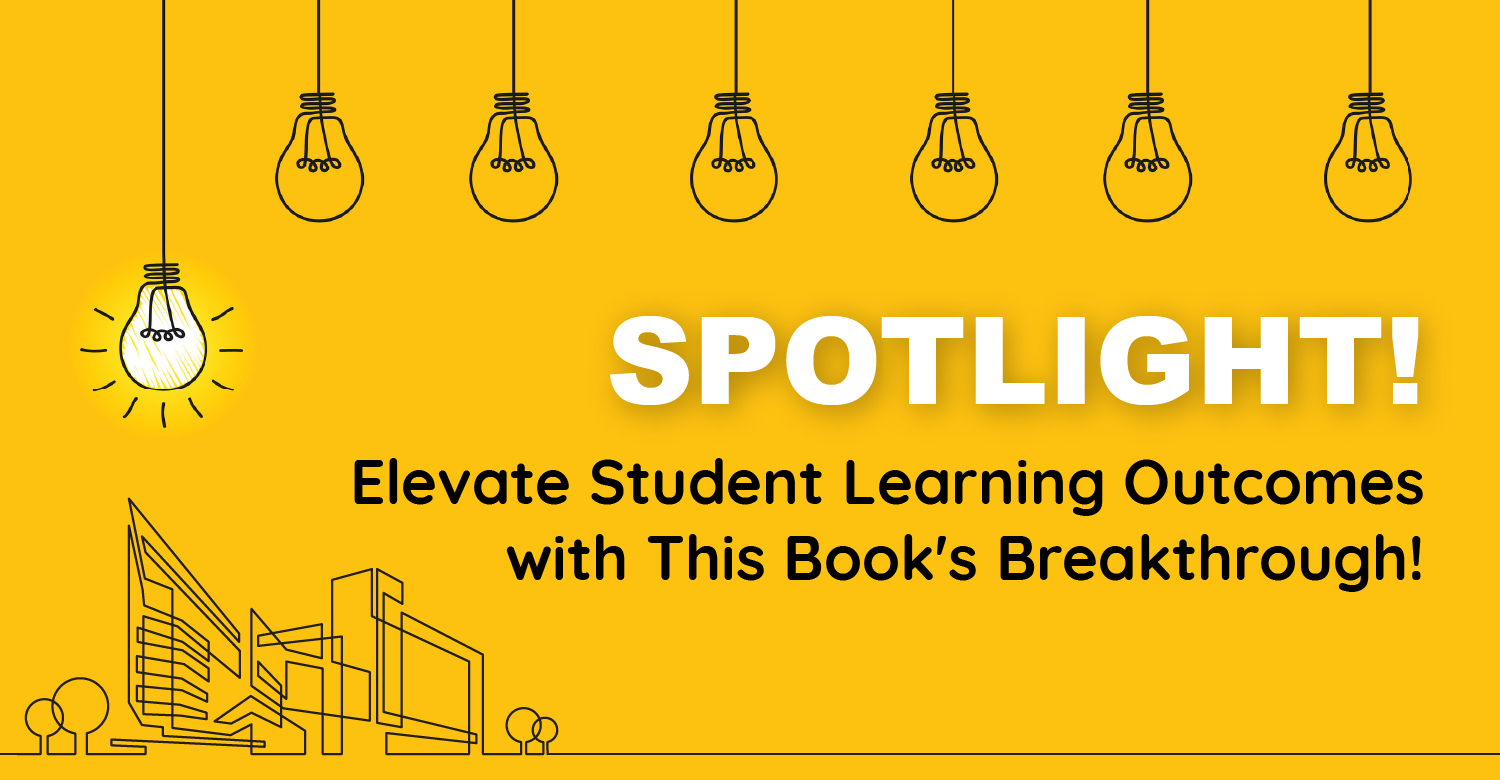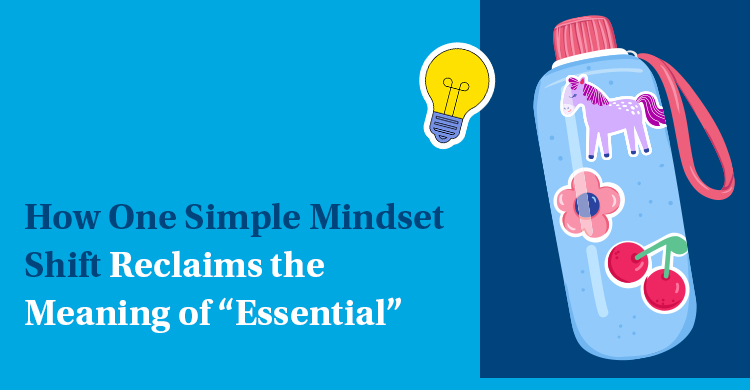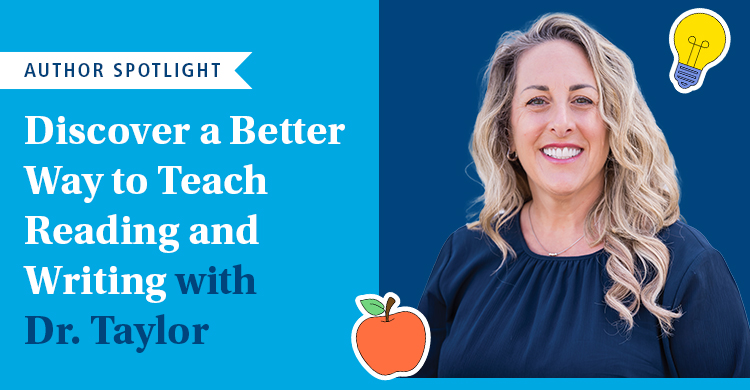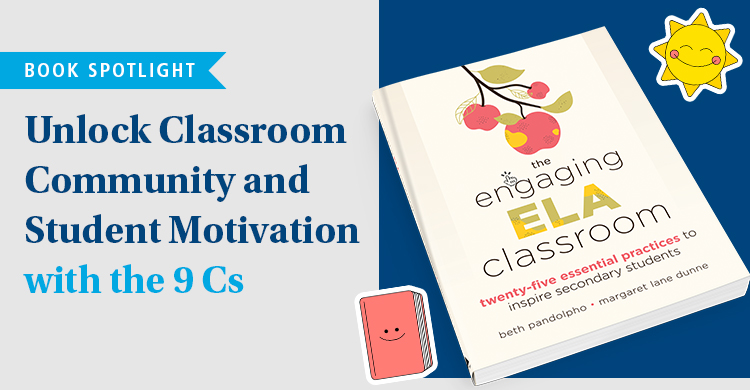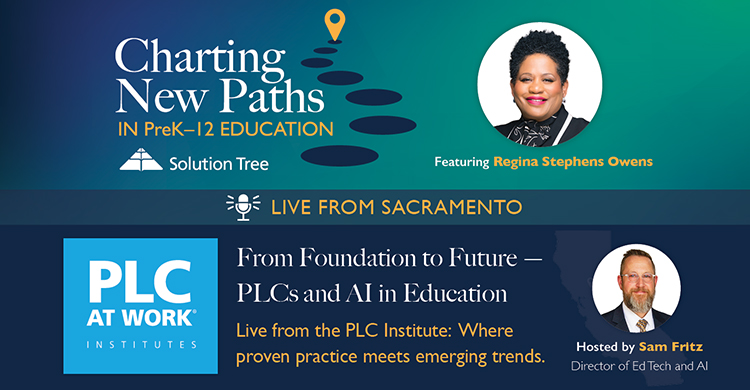In my book, Brilliance in the Building: Effecting Change in Urban Schools with the PLC at Work® Process, I have a chapter specifically focused on student learning outcomes. The learning block process described in the books is one of the best ways to focus on planning, assessing, monitoring, and taking action based on student learning.
Learning blocks are cycles of planning, teaching, and assessing, and using the results to take action. They are blocks of time in which teachers collaborate to discuss and select priority standards, unwrap the priority standards into learning targets, create learning scales, discuss and create success criteria, create and administer common formative assessments (pre, mid, and post block) and analyze the data to take action.
With learning blocks, we are not waiting to provide evidence to see if students are or are not learning. We are assessing, collaborating, and taking action to support students. The steps in the learning block process ensure all students are learning at high levels, resulting in a guaranteed and viable curriculum that promotes an equitable environment and improves student learning outcomes by granting all students access to the core curriculum.
“Although I’ve never been in a school that does not claim to focus on student achievement, a quality distinguishes equity and excellence schools from other schools: they transform vague claims and aspirations into specific practices. First, and most important, equity and excellence schools have a laser-like focus on student achievement.”
—Douglas Reeves
Follow these 7 steps for a successful learning block planning meeting
Step 1: Greet each other and then establish outcomes and norms
Step 2: Study the curriculum
Step 3: Discuss and review priority standards
Step 4: Create learning targets
Step 5: Create learning scales
Step 6: Create pacing of unit
Step 7: Discuss and review grade-level assignments and instructional practices
In the book Brilliance in the Building, there are over 40 resources that can help teachers and teams immediately. Check out this free handout to experience just a portion of the learning block planning tool.
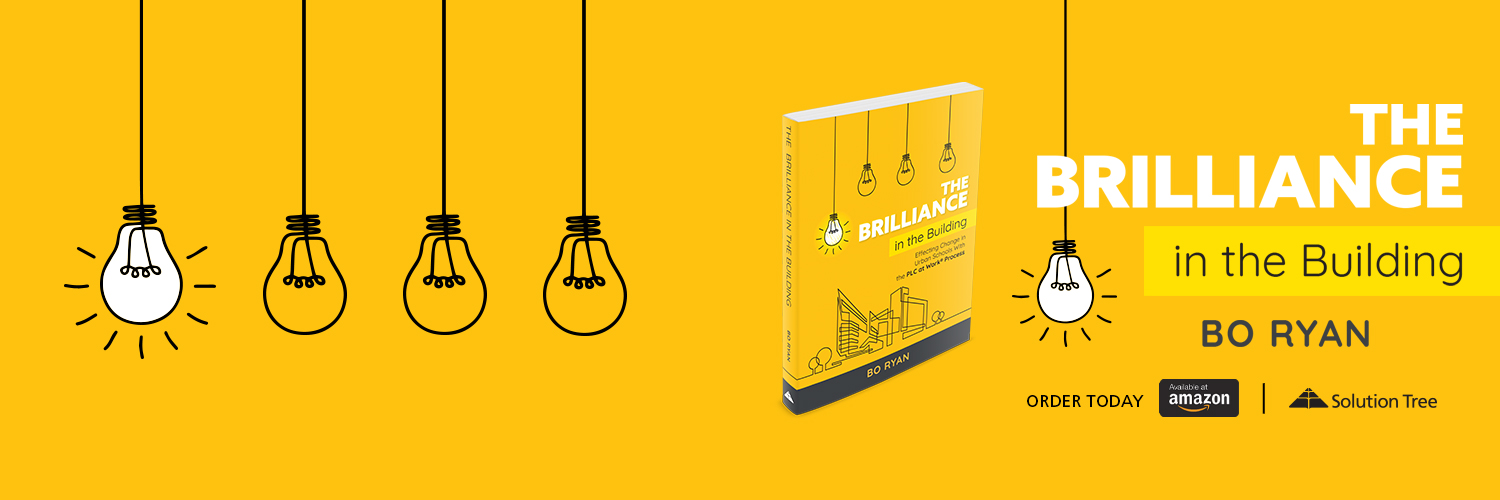
Use your meeting to create effective CFAs in 7 simple steps
The next part of the learning block process is for teachers and teams to use the curriculum to create common formative assessments. Common formative assessments are tools that measure learning of a guaranteed and viable curriculum, created by teacher teams, administered at the same time, scored at the same time, and the data is used to reflect on both student and staff learning.
Success Criteria for an Exemplary Common Formative Assessment |
| The team discusses and identifies priority standards, unwraps the standards, and creates learning targets |
| The team writes the assessment around a small number of learning targets (1-3) and plans the assessments before the block or unit |
| The team evaluates the DOK levels of the target(s), selects the best strategy for assessing the target (selected response, constructed response, a combination, or performance task), and aligns the assessment to the rigor of the standard. |
| The team creates the assessment items that match the level of thinking of the target (determine DOK level and align to the level of demand of the question). |
| The team agrees on what mastery will look like for each item, each target, and the overall assessment with clear success criteria. |
Ryan, B. (2023). The brilliance in the building: Effecting change in urban schools with the PLC at Work® process. Solution Tree.
Common formative assessments (CFAs) not only measure learning but also gauge whether teachers are teaching the guaranteed and viable curriculum in a way that improves student learning outcomes.
Here are the 7 steps for having a successful meeting about common formative assessments:
Step 1: Greet each other and then establish outcomes and norms
Step 2: Read and review cycle of learning plan
Step 3: Create/revise CFA
Step 4: Administer CFA
Step 5: Collaboratively score CFA
Step 6: Review student work
Step 7: Plan flex time for all students for reteaching
Target your learning needs and action plans at your meeting in 7 steps
Lastly, teachers use the data from the assessments to reflect on their instructional practices and to create an action plan for the students who didn’t learn and for those who did. After the pre-assessment, if students aren’t learning, teachers will stop and use “flex time” to give students more time and support and ensure that all learners are prepared for the block. If students don’t learn during the learning block, teachers may give a mid-CFA, collaborate with the team, and use another flex block. I cannot communicate the importance of this process enough.
Here are 7 steps to having a fulfilling team meeting where your team can reflect on instructional practices and create action plans:
Step 1: Greet each other and then establish outcomes and norms
Step 2: Review priority standards and CFA
Step 3: Chart overall data
Step 4: Chart learning target data (target by target)
Step 5: Indicate learning target strengths and needs
Step 6: Create action plans for students not learning
Step 7: Create action plans for students who learned to enrich and extend their learning
What did you want students to learn? And how would you know if they learned it? Evaluate your goals and student learning outcomes with this free look at the end-of-learning block data tool.
About the educator
Bo Ryan is principal of the Ana Grace Academy of the Arts Elementary Magnet School in Bloomfield, Connecticut. He is passionate about building and sustaining professional learning communities (PLCs) and has led two different schools to Model PLC at Work® certification.
Want to learn more from Bo? Check out this free recording of his book’s companion webinar, look inside Culture Keepers and Culture Champions (two new books he’s contributed to!), or see him in Scottsdale, Arizona, June 9–11, at the Transforming School Culture Institute!


